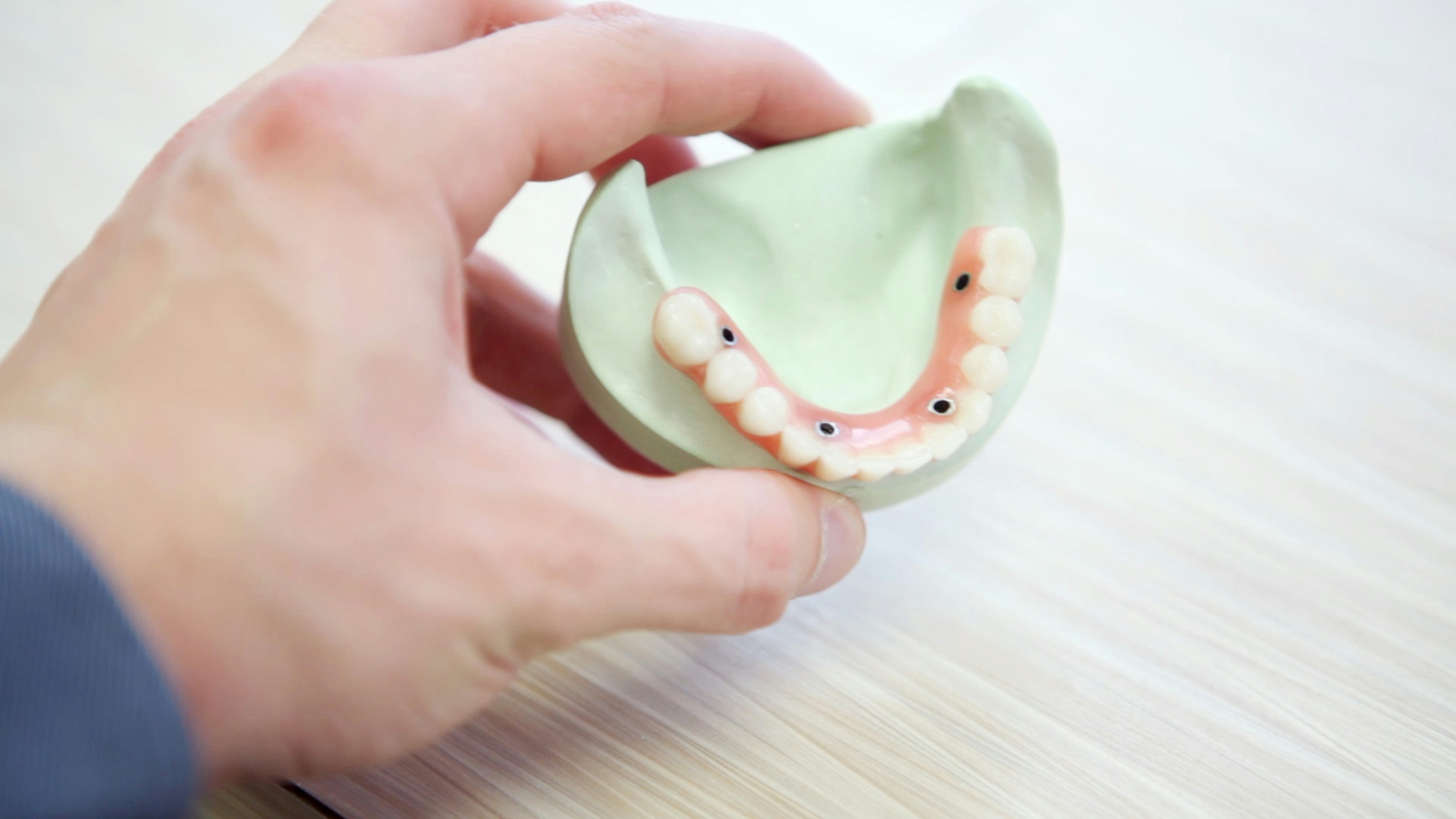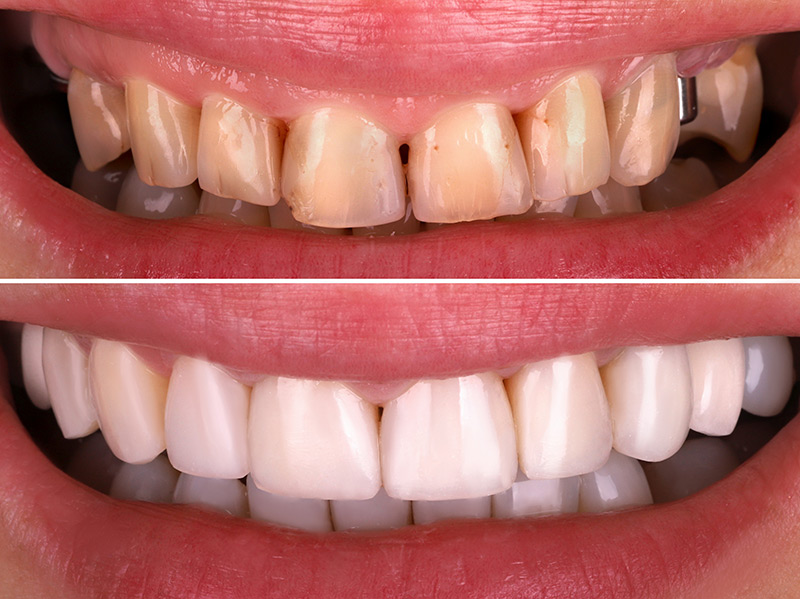What does restorative dental treatment cover
Restorative dental treatment plays a crucial role in maintaining oral health. It encompasses a range of procedures aimed at repairing or replacing damaged or lost teeth.
Understanding what restorative dental treatment covers can help you make informed decisions about your dental care. It can also help you understand the importance of regular dental check-ups in preventing the need for extensive treatments.
In this article, we will delve into the world of restorative dentistry. We will explore the common dental problems that require restorative treatment, such as cavities, tooth decay, and tooth loss.
We will also provide an overview of the types of restorative dental treatments available, including fillings, crowns, bridges, implants, and dentures. Whether you are seeking information for yourself or a loved one, this guide will provide valuable insights into restorative dental treatment.

Understanding Restorative Dental Treatment
Restorative dental treatment refers to the management and rehabilitation of oral health problems. It involves diagnosing, preventing, and treating oral diseases and disorders. The primary goal is to restore the function and aesthetics of the teeth, ensuring a healthy and beautiful smile.
Restorative dentistry is a broad field that includes several types of treatments. These treatments can address a variety of dental issues, from minor tooth decay to severe tooth loss. The type of treatment recommended will depend on the specific dental problem, the patient’s overall health, and their personal preferences.
The materials used in restorative dentistry have evolved over the years. Today, dentists use advanced materials like composite resin, porcelain, and amalgam. These materials are durable, aesthetically pleasing, and can be customized to match the natural color and shape of the patient’s teeth.
Restorative dental treatment is not just about fixing teeth. It’s about improving the patient’s quality of life. It can enhance self-esteem, improve speech and nutrition, and even contribute to overall health.
The Importance of Restorative Dentistry
Restorative dentistry is essential for maintaining good oral health. It can prevent minor dental issues from escalating into serious problems that require more extensive treatment. By restoring damaged or lost teeth, restorative dentistry can also prevent further dental issues, such as shifting of adjacent teeth, bite problems, and jawbone deterioration.
Moreover, restorative dentistry plays a significant role in improving the aesthetics of the teeth. A healthy, beautiful smile can boost self-confidence and contribute to a positive self-image. It can also have a positive impact on social interactions and professional opportunities.
Lastly, restorative dentistry can improve overall health. Poor oral health has been linked to various systemic diseases, including heart disease, diabetes, and respiratory infections. By maintaining good oral health through restorative treatments, you can also contribute to your overall well-being.
Common Dental Problems Addressed by Restorative Treatment
Restorative dental treatment can address a wide range of dental problems. These include:
- Cavities: These are small holes in the teeth caused by tooth decay. They can be treated with fillings, inlays, or onlays.
- Tooth decay: This is the destruction of the tooth’s structure. It can be treated with fillings, crowns, or root canal therapy.
- Tooth loss: This can occur due to decay, gum disease, or injury. It can be treated with bridges, dentures, or dental implants.
- Damaged teeth: Teeth can be damaged due to decay, wear, or injury. They can be restored with fillings, crowns, or veneers.
- Dental infections: These can occur when bacteria invade the tooth’s pulp. They can be treated with root canal therapy or extraction and replacement.
Understanding these common dental problems and their restorative solutions can help you make informed decisions about your dental care. It can also help you understand the importance of regular dental check-ups in preventing these issues.
Types of Restorative Dental Treatments
Restorative dental treatments encompass a wide range of procedures. These procedures aim to restore the function, integrity, and morphology of missing tooth structure. The choice of treatment depends on the extent of the damage and the patient’s overall oral health.
The most common types of restorative dental treatments include dental fillings, crowns, bridges, implants, and dentures. Each of these treatments serves a specific purpose and offers unique benefits. Let’s delve into each of these treatments in more detail.
Dental Fillings
Dental fillings are the most common type of restorative treatment. They are used to repair teeth that have been damaged by cavities or decay. The dentist removes the decayed tooth material, cleans the affected area, and then fills the cleaned-out cavity with a filling material.
Different materials can be used for fillings, including gold, porcelain, composite resin (tooth-colored fillings), and an amalgam (an alloy of mercury, silver, copper, tin and sometimes zinc). The choice of material depends on the extent of the decay, the cost of filling material, your insurance coverage, and the dentist’s recommendation.
Regular check-ups can help detect cavities early and prevent the need for more extensive restorative treatments. Good oral hygiene practices, such as brushing twice a day and flossing daily, can also help prevent cavities.
Dental Crowns
A dental crown, also known as a cap, is a type of restorative treatment used to cover a damaged tooth. The crown restores the tooth’s shape, size, strength, and appearance. It is cemented into place and fully encases the visible portion of the tooth that lies at and above the gum line.
Crowns can be made from several materials, including metal, porcelain fused to metal, resin, or ceramic. The choice of material depends on the location and function of the tooth, the patient’s preference, the shade of the tooth, and the cost.
Dental crowns are durable and can last for many years. However, they may need to be replaced or repaired due to wear and tear, decay, or other damage.
Dental Bridges
A dental bridge is a restorative treatment used to replace one or more missing teeth. The bridge spans the space where the teeth are missing. It is cemented to the natural teeth or implants surrounding the empty space. These teeth, called abutments, serve as anchors for the bridge.
Bridges can be made from gold, alloys, porcelain, or a combination of these materials. They can restore the ability to properly chew and speak, maintain the shape of the face, distribute the forces in your bite properly, and prevent remaining teeth from drifting out of position.
Regular check-ups and good oral hygiene are essential for the longevity of dental bridges. With proper care, dental bridges can last for many years.
Dental Implants
Dental implants are a popular and effective long-term solution for people who suffer from missing teeth, failing teeth or chronic dental problems. They are artificial tooth roots, similar in shape to screws. When dental implants are placed in your jawbone, they bond with your natural bone.
Implants are made of titanium, a material that is well accepted by the body and provides a strong foundation for replacement teeth. They can replace a single tooth, multiple teeth, or support a full set of dentures.
Dental implants require a surgical procedure and may not be suitable for everyone. Regular check-ups and good oral hygiene are essential for the success of dental implants.
Dentures
Dentures are removable appliances that can replace missing teeth and help restore your smile. They are made to closely resemble your natural teeth and may even enhance your smile. There are two types of dentures – complete and partial dentures.
Complete dentures are used when all the teeth are missing, while partial dentures are used when some natural teeth remain. Dentures not only improve the appearance of the smile but also provide support for the cheeks and lips.
Dentures require proper care to keep them clean, free from stains and looking their best. Regular dental check-ups are also important to ensure a proper fit and monitor oral health.
The Restorative Dental Treatment Process
The process of restorative dental treatment begins with a comprehensive oral examination. This examination allows the dentist to assess the overall health of your teeth and gums. It also helps identify any issues that may require restorative treatment.
Based on the findings of the examination, the dentist will discuss with you the most suitable treatment options. The final decision on the treatment plan will depend on the extent of the damage, your overall oral health, and your personal preferences.
Diagnosis and Treatment Planning
The diagnosis phase involves a thorough examination of your teeth, gums, and mouth. The dentist may use various diagnostic tools, such as X-rays, to identify any underlying issues. This phase is crucial in determining the most effective restorative treatment for your specific needs.
Once the diagnosis is complete, the dentist will develop a personalized treatment plan. This plan will outline the recommended procedures, the expected outcomes, and the estimated costs. The dentist will discuss this plan with you in detail, ensuring you understand all aspects of the proposed treatment.
It’s important to ask questions and express any concerns during this planning phase. A good dentist will take the time to address your concerns and provide clear explanations. This open communication helps ensure that you are comfortable with the proposed treatment plan.
Recovery and Aftercare
The recovery period following a restorative dental procedure varies depending on the type of treatment. Some treatments, like fillings and crowns, may require only a few hours to a few days of recovery. Others, like implants and bridges, may require several weeks to a few months for complete healing.
Aftercare is a crucial part of the restorative dental treatment process. This includes following the dentist’s instructions for oral hygiene, diet, and medication. Proper aftercare can help prevent complications, promote healing, and ensure the success of the treatment.
Regular follow-up visits are also important. These visits allow the dentist to monitor your recovery and make any necessary adjustments to the restorative appliance. They also provide an opportunity to address any concerns or issues that may arise after the treatment.
Choosing the Right Dentist for Restorative Treatment
Choosing the right dentist for your restorative dental treatment is a crucial decision. The dentist’s skills and expertise can significantly impact the success of the treatment. It’s important to choose a dentist who is experienced in restorative dentistry and has a proven track record of successful treatments.
In addition to the dentist’s qualifications and experience, you should also consider the dental practice’s reputation. Look for reviews and testimonials from previous patients. These can provide valuable insights into the quality of care provided by the dentist and their team.
Qualifications and Experience
When choosing a dentist for restorative treatment, consider their qualifications and experience. The dentist should have completed specialized training in restorative dentistry. They should also be up-to-date with the latest techniques and technologies in the field.
Experience is another important factor. An experienced dentist will have handled a variety of restorative cases. This experience can be invaluable in ensuring the success of your treatment. Ask the dentist about their experience with the specific restorative procedure you need. They should be able to provide examples of similar cases they have handled.
Patient Comfort and Communication
Patient comfort is a key consideration when choosing a dentist for restorative treatment. The dentist and their team should make you feel comfortable and at ease. They should take the time to explain the procedures, answer your questions, and address your concerns.
Communication is also crucial. The dentist should be able to communicate clearly and effectively. They should provide detailed explanations of the treatment plan, the expected outcomes, and the potential risks. This open and transparent communication can help you make informed decisions about your dental care.
Conclusion
Restorative dental treatment plays a vital role in maintaining oral health and improving the quality of life. By understanding the various treatments available and choosing a qualified and experienced dentist, you can ensure the best possible outcome for your dental health. Remember, a healthy smile is a significant part of overall well-being.




